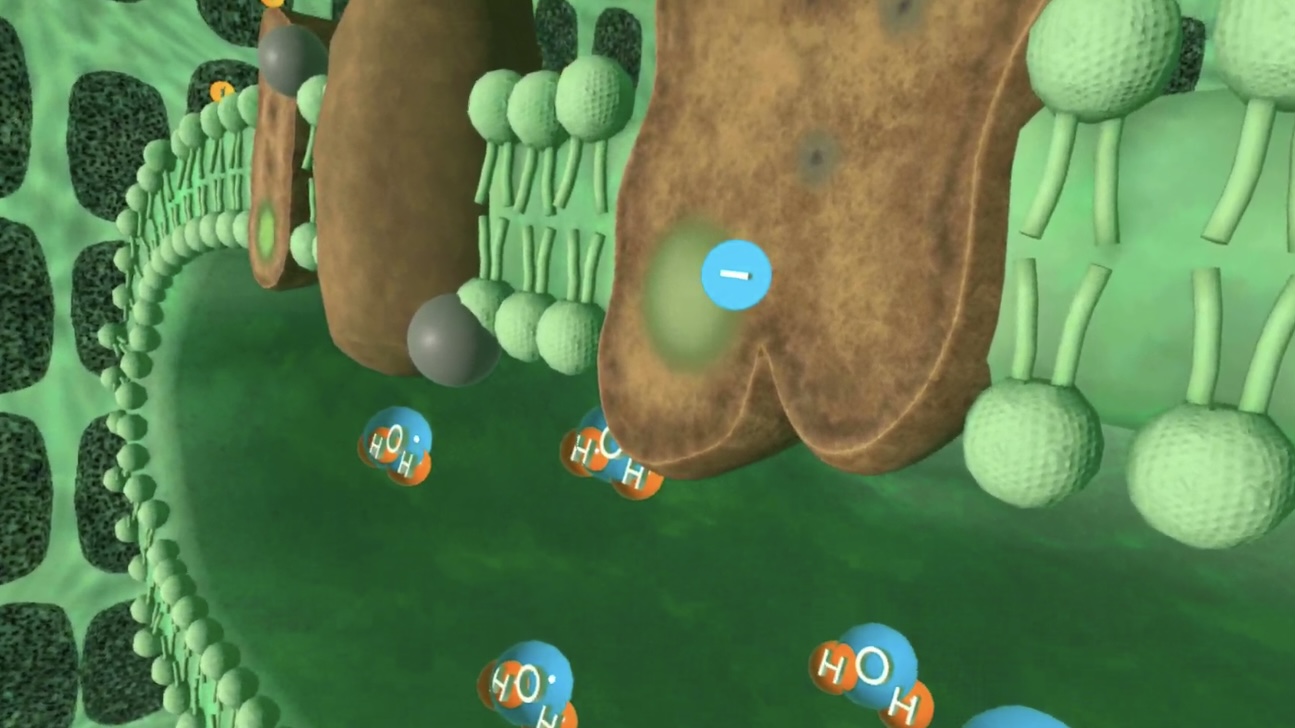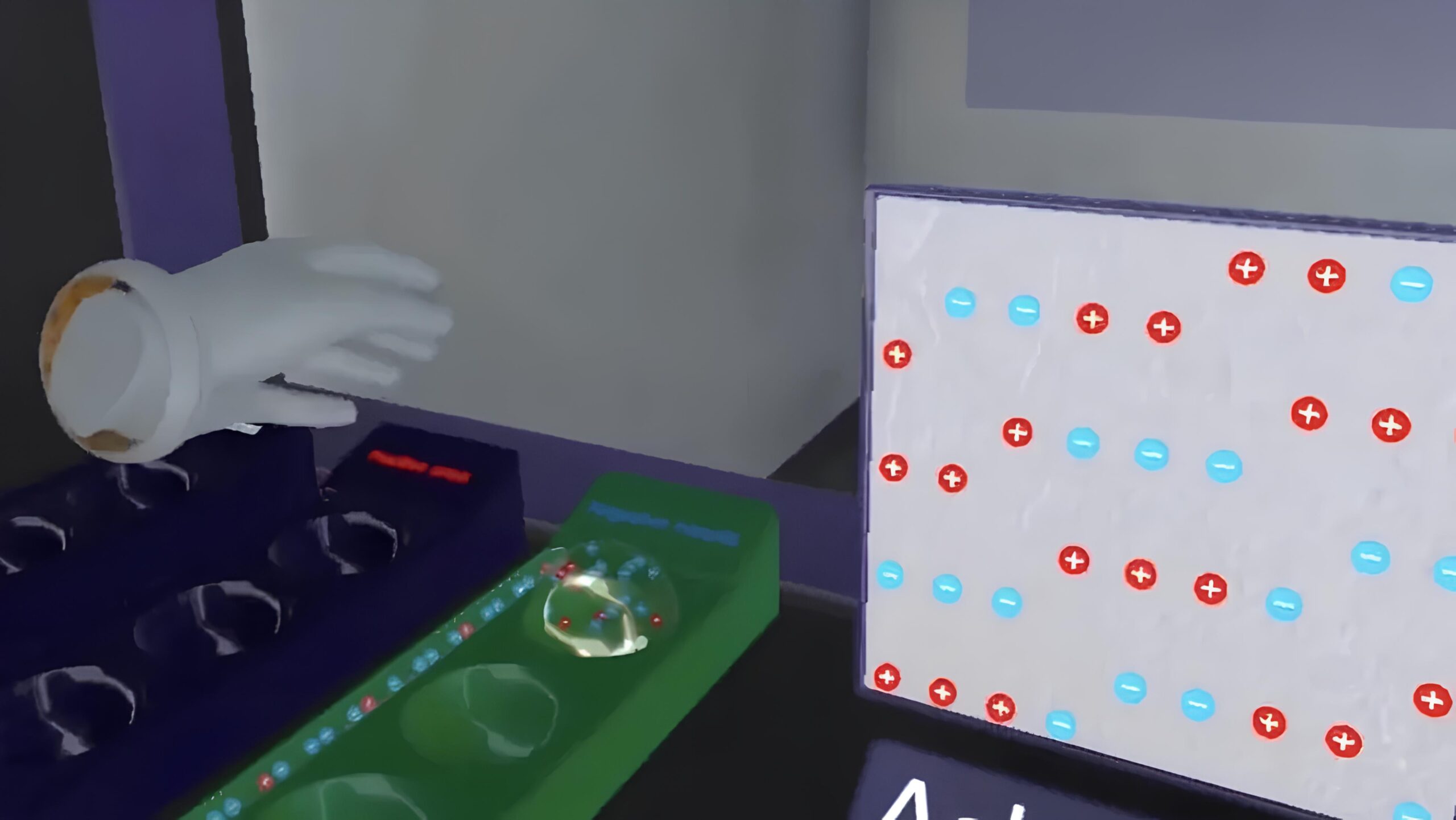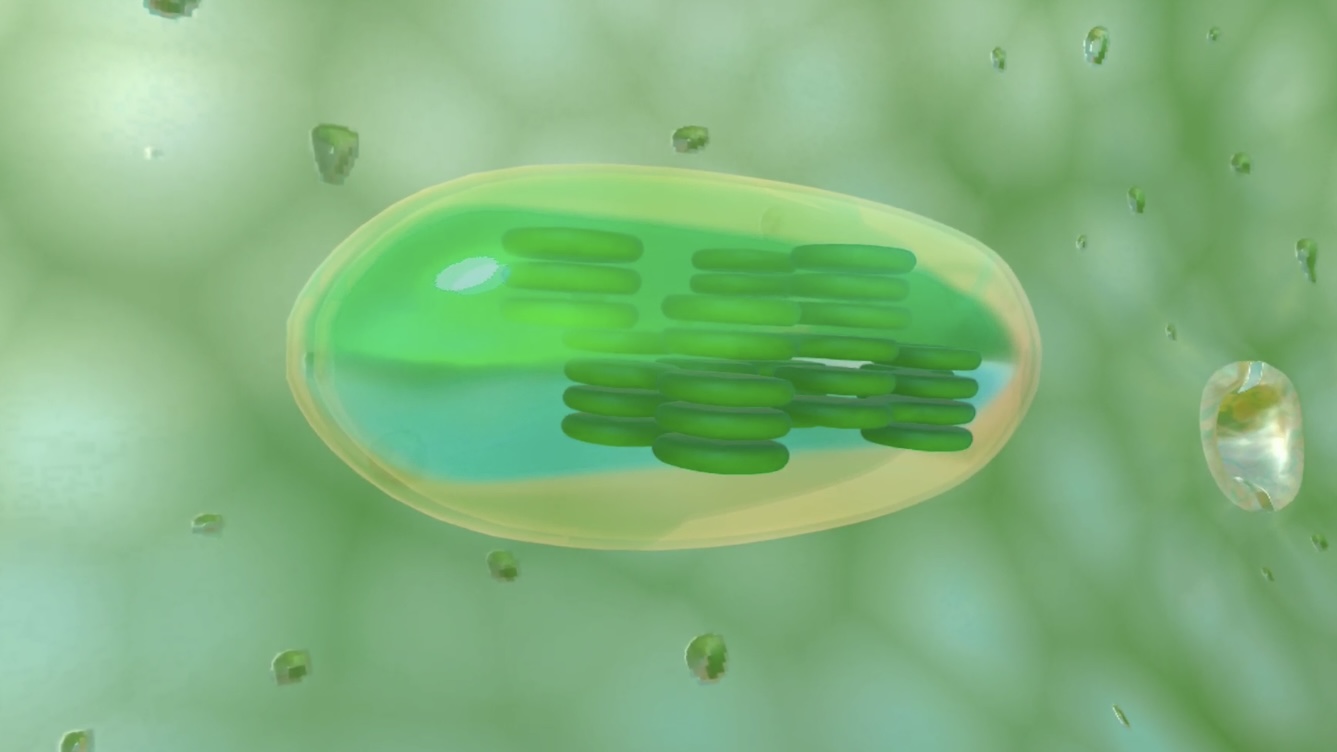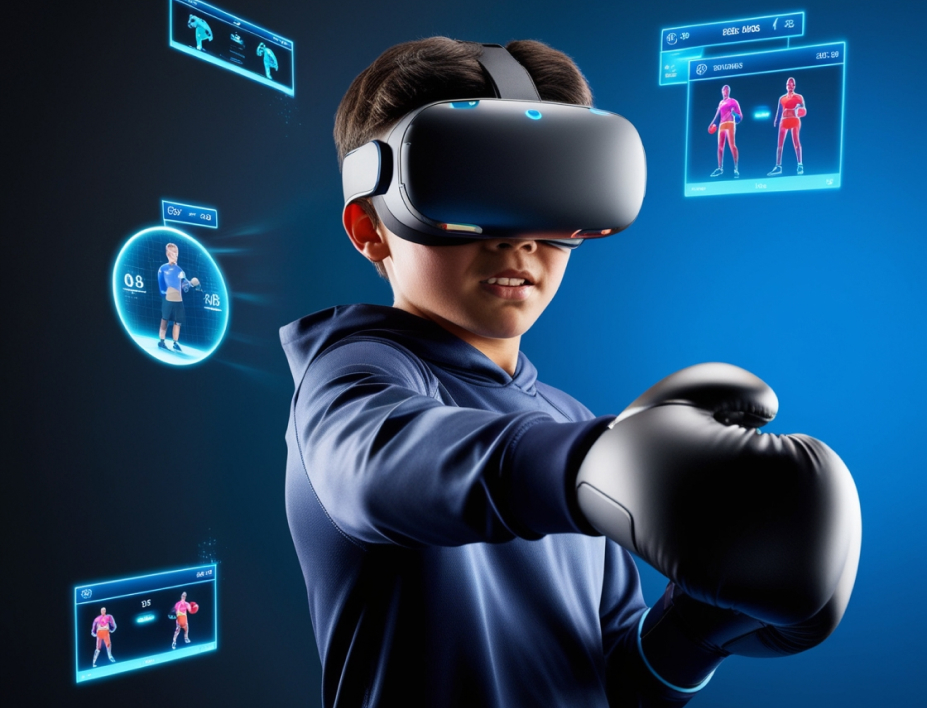
The world of education is evolving rapidly, and keeping students engaged can sometimes feel like an uphill battle. One emerging trend is the integration of virtual reality in education, not to replace teachers, but to enhance the learning process. There’s a lingering fear that VR headsets in VR in schools scenarios might lead to a future where devices take over the teacher’s role. Yet, this image is far from reality.
XReady Lab is committed to empowering educators by offering VR education tools that complement, rather than substitute, traditional teaching methods. The idea is not about automated lessons delivered by machines; it’s about giving teachers powerful resources that improve student engagement, streamline lesson preparation, and reinforce complex concepts through interactive classroom activities.
Reinforcing Knowledge with VR “Minutes”
Imagine a typical classroom scenario: a teacher has just explained a challenging concept in VR biology, VR physics, or VR chemistry. Students understand it in theory, but abstract topics—like cellular processes or particle interactions—can slip through their fingers without hands-on reinforcement. This is where short, bite-sized VR sessions (just a minute or two) come into play. These brief VR learning moments allow students to revisit and consolidate newly acquired knowledge in an immersive and engaging way.
Instead of expecting VR to deliver full lessons, think of these “VR minutes” as quick boosts of interactivity. After the teacher finishes explaining a concept, students don their headsets and spend a brief period exploring a STEM lab simulation aligned with the day’s topic. This can involve:
Reviewing cell structures after a biology lecture
Visualizing force vectors in a physics scenario
Observing chemical reactions at a molecular level in a chemistry context
The teacher remains central to the learning process, guiding students, answering questions, and ensuring that the content matches the curriculum. XReady Lab focuses on providing virtual reality for education that is easily integrated into existing lesson plans. The short passage time and intuitive interaction mean no extensive re-scheduling—just a quick, immersive recap that makes complex ideas stick.
Easing the Teacher’s Burden
Traditionally, educators invest significant time in searching for supplementary materials—videos, diagrams, physical models—that illustrate abstract topics. Some even craft their own simulations using cardboard and plastic. XReady Lab aims to reduce this additional workload:
Convenience for Teachers: No more scrambling to find the perfect video or printable diagram. Interactive VR simulations are ready at hand.
Curriculum Synchronization: Content is aligned with major educational standards so that teachers can seamlessly incorporate these “VR minutes” into their lesson plans.
Practical Resource: By eliminating the need for handcrafted models, educators can save hours of preparation time, focusing instead on teaching and supporting their students.
A Perfect Combo: Teacher Instruction + VR Reinforcement
The teacher remains the primary guide, explaining concepts and ensuring students grasp the fundamental theories. Once the explanation is complete, a short VR session can reinforce the lesson. Students interact with simulations that bring the subject matter to life, transforming abstract ideas into concrete experiences in a virtual reality classroom setting.
This approach can significantly enhance student engagement, improve retention, and even lead to better academic outcomes. By actively participating in virtual reality for learning, students become more confident in their understanding, and teachers, in turn, see improved performance in the classroom—potentially boosting their own professional standing and recognition.
Why VR Matters for Complex Topics
[caption id="attachment_1267" align="alignnone" width="1024"] XReady Lab VR education: VR Mitosis laboratory[/caption]
When dealing with concepts that can’t be directly observed—such as photosynthesis, cellular structure, or subatomic particles—simply looking at a flat diagram often isn’t enough. VR solutions for schools allow students to literally step inside these environments, observe processes like cell division from all angles, and manipulate components in real-time. This level of immersion fosters a deeper, more intuitive understanding, reducing the frustration often associated with abstract subjects.
Take mitosis, for example. Students commonly struggle with this process due to its complexity and microscopic scale. A quick VR minute after a teacher’s explanation can help them visualize chromosome alignment, spindle formation, and the separation of chromatids. Instead of memorizing stages from a textbook, they experience them, which makes all the difference.
Trying it Out: The VR Plant Cell Demo
[caption id="attachment_1702" align="alignnone" width="1024"] XReady Lab VR education: VR Plant Cell laboratory[/caption]
If you’re curious about how this approach can enhance lessons in fields like biology, consider exploring the VR plant cell demo kit. This brief interactive experience demonstrates how VR technology offers a hands-on approach to understanding cell structures—an invaluable tool for building foundational knowledge in biology and other STEM fields.
Request Your Free Demo Today
By experiencing the VR plant cell simulation, educators and students alike can witness firsthand the potential of these short VR sessions to clarify complex concepts, maintain student interest, and bolster long-term retention.
Conclusion: Embracing the Future of Education
The integration of quick VR “minutes” in the classroom represents a shift towards a more dynamic, student-centered approach to learning. XReady Lab’s vision is to provide educators with the tools to make lessons more engaging, interactive, and relevant to the digital age.
As virtual reality education continues to evolve, these short VR sessions will likely become an essential part of the modern classroom. By combining the irreplaceable insight and guidance of a teacher with cutting-edge VR technology in education, schools can transform complex, abstract topics into manageable, memorable learning experiences—ensuring students not only understand the material but also develop a genuine curiosity and enthusiasm for exploring more.
Discover the power of “VR minutes” in your classroom and help students unlock their full potential.










